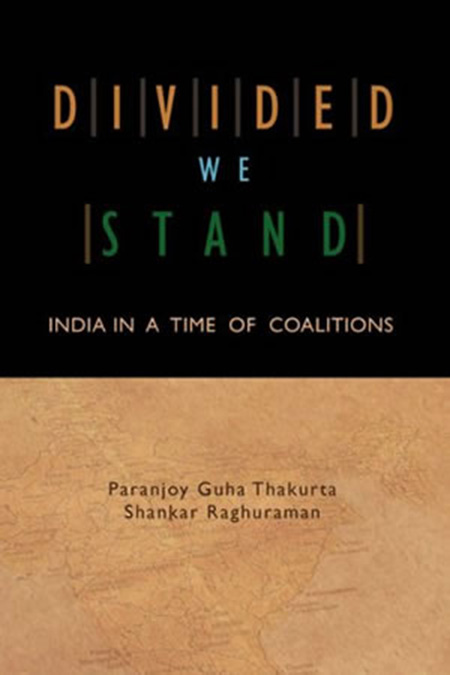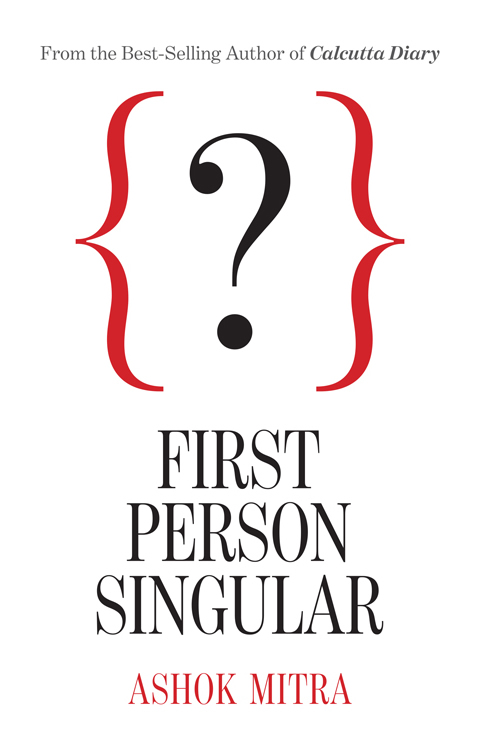Diwali, the festival of lights celebrated by the burst of firecrackers and hectic shopping by families across India, was subdued last weekend. The lights were dimmer, the footfalls in malls smaller and the mood less exuberant.
The reason: consistently high inflation. High food and fuel prices have sharply eroded the real incomes of large sections of the world's second-most populous country, contributing to anger and social unrest that have often spilled over on to the streets.
"I think twice before I spend on vegetables and fruits for my wife and son," says Deepchand Yadav, who drives a car for a living in Gurgaon, an affluent suburb of the Indian capital.
With a monthly income equivalent to nearly $200 at current exchange rates, by no standards is Yadav living below a contentiously defined official "poverty line".
The condition of the most poor in India - who account for between a quarter and a fifth of the country's total population of more than 1.2 billion - is significantly worse. For them, ensuring a minimum living income has become next to impossible with food prices rising as they have been.
According to government statistics, between 2004 and 2013, the prices of rice, wheat, milk, eggs, sugar, pulses have more than doubled. Potato prices have nearly doubled, while the price of onions has jumped more than five-fold, and cabbage prices are now more than seven times what they were less than a decade ago.
On the last day of October, Raghuram Rajan, the newly-appointed governor of the Reserve Bank of India (RBI), the country's central bank and apex monetary authority, nudged interest rates up by 0.25 percentage points for the second time in a little over a month.
He was aiming to suck liquidity from the system, thereby increasing the cost of borrowing money, hoping that it would dampen the demand for consumption and lower inflationary expectations.
"With the more recent upturn of inflation and with inflation expectations remaining elevated… it is important to break the spiral of rising price pressures," he said, while announcing a review of the July-August monetary policy.
The RBI would like the wholesale price index to be brought down to five per cent - which would not be bad for "a poor economy" such as India, Rajan told a televised audience.
Rising price index
What is of greater concern is that the consumer price index - which is arguably a better indicator of standards of living - has been hovering around the double-digit level for many months.
Like his predecessors, India's central bank governor did not heed the exhortations of corporate captains and certain government officials to bring down interest rates to spur growth in gross domestic product (GDP) in general and industrial production in particular.
GDP growth in India is expected to slip below five per cent this year.
"Inflation in India has been consistently high for the last seven years, led by high food and fuel prices," says Dr Surajit Mazumdar, associate professor of economics at New Delhi's Ambedkar University.
He added that, given the fact that industrial output has stagnated over the past two years, "the inflation problem is not one of excess demand but a consequence of a long period of neglect of agriculture".
His view is different from those who argue that high food prices in India are largely a consequence of relatively high incomes accruing to farmers due to government assured minimum prices of cereals and higher rural wages on account of an employment guarantee scheme.
"We could be really understating the role of rural-income growth in inflation," stated Abhijit Sen, an economist and a member of the Planning Commission.
Bureaucrats and economists are hardly the only people alarmed by the persistently high rates of inflation in India. If there is one economic phenomenon that affects the lives of everybody, it is inflation.
Irrespective of their ideologies, all economists agree that inflation is like a tax on the poor, as it results in an indirect transfer of resources from the poor to the rich.
Double tax on poor
Inflation shrinks the real incomes of the underprivileged while the incomes and profits of the affluent rise relatively. When inflation is driven by high food prices, it becomes a double tax on the poor because the poor spend a relatively much higher proportion - often half or more than half - of their incomes on food, unlike the rich.
In addition, what food inflation does is widen the economic divide between the affluent and the underprivileged in India's already unequal society.
"Since the consumption basket of the poor is dominated by food, an erosion of their real incomes sharply exacerbates the gap between the rich and the poor," Mazumdar points out.
India is not Zimbabwe. Nor has inflation touched triple-digits as it had in the past in countries such as Argentina, Brazil, Russia or Israel. However, by the standards of most countries still struggling to get out of recession, inflation in India has been rather high in recent years - although not as high as the 30 per cent witnessed in the early 1970s.
Opposition political parties on both the right and left are severely criticising the incumbent government, led by India's economist Prime Minister Manmohan Singh.
Protesters wearing garlands of onions - the current symbol of popular discontent - have become a regular feature of political rallies.
Analysts and opinion polls state that the single biggest contributor to anti-incumbency sentiment is inflation. The 16th general elections in the world's largest democracy is scheduled for April-May 2014.
Inflation is a consequence of a combination of demand-pull and cost-push factors. One important factor for India is high prices of petroleum products. The country currently imports roughly 80 per cent of its total requirement of crude oil.
High fuel prices push up transportation costs, resulting in rising prices for a wide variety of goods. Despite comfortable stocks of wheat and rice, the distribution of cereals is deemed to be inefficient and the problem appears compounded by poor storage facilities.
"Inflation in India is a strange creature that none of us fully understand, and inflation management is a very difficult task," conceded Dr Kaushik Basu, former chief economic adviser to the government of India and now chief economist and senior vice-president of the World Bank.
He was replying to a question as to why the predictions made by him and other government officials about a fall in the rate of inflation had not materialised.
That's small consolation for car driver Deepchand Yadav and his family - for whom the Diwali celebrations this year have been rather muted.


